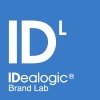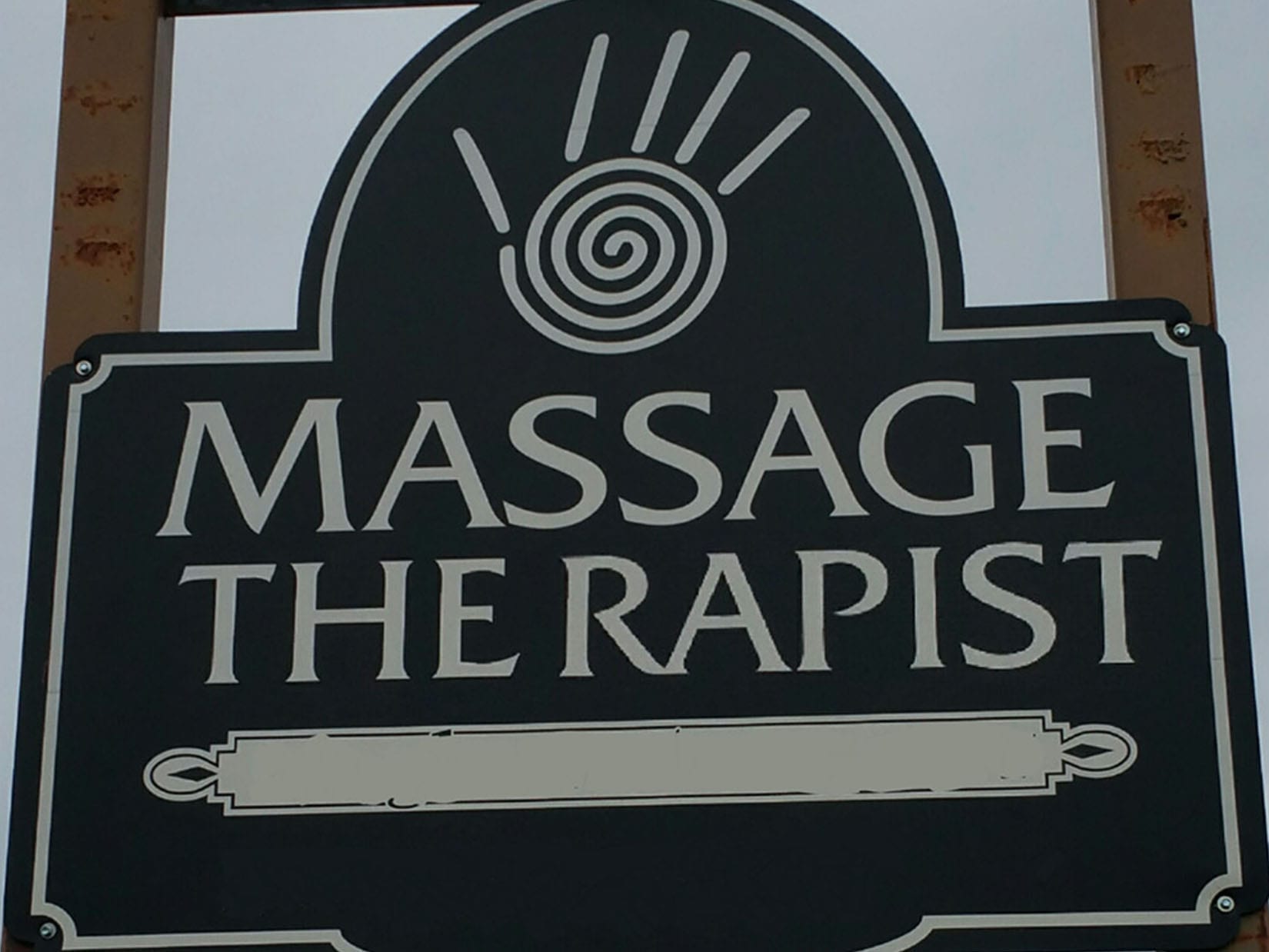Culture as Company
In my previous segment, I defined culture and used a broad look to discuss culture’s role in defining a country. This segment will discuss culture and its parallel role within organizations; so instead of using geography, I will substitute company for country.
Most clients I work with, or people I speak to, think they have an understanding of what really makes a company have its own culture. Many feel it’s an intangible concept that can’t really be gauged. And until recently, most companies considered “brand culture” as simply a component of their business —a mere cog found in the giant machine that is their organization.
Sometimes, the most valuable assets are the most inconspicuous. And if corporations were giant machines, brand culture wouldn’t be a single cog. It would be the engine that keeps the company running.
Culture is the framework that structures a community or society. The people living within that structure loyally support everything it represents. The same is true for company culture. The key? It MUST be different than others. It MUST be unique to its internal group (employees) and external community (target audience). Innovative companies that are leaders within their industries are able to build loyalty and cultivate the strongest bonds at an accelerated rate. How? They do what others don’t; they go against the grain and create a hierarchy that sets an elite standard by position, leading to a sense of pride. It’s very hard to pull share away from the pioneers and leaders of any given industry – unless the culture becomes infected, is changed in a negative way, and/or is diluted.
There is only one Nike, one Apple, and one Harley Davidson. These brands are the old, tried and true powerhouses. They have real heritage. The same, however, can be said for newer brands like Tesla, Tom’s and Google. The competitors of these companies that are trying to emulate their “soul” are really viewed as trying to ride the bandwagon, which portrays them as having far less value. In fact, there is no real loyalty with mimicked cultures, because culture must be unique to its core, its group, its purpose, its principles, beliefs, and vision. Culture is an authentic, real thing; and it’s not so impossible to attain. But it must be envisioned, planned, implemented, and nurtured.
Culture as Community
I always create an outline for our clients of what builds company culture. The focus is to define a community of followers and identify the connection points that bond them together. In creating this outline, we reference each of the points below:
Research & Development
• Identify the audience/community
• Define the guiding principles
• Define the company’s and the community’s views, beliefs, ideals, aspirations, and lifestyles
• Positioning and value proposition
• Brand story and messaging
• Brand identity (direction and style)
Nurturing Pride
• Acknowledgments—the outstanding for their commitment, triumphs, loyalty—personnel and customers
• Milestones—internally, events, memorable & symbolic company dates
• Traditions—honoring company history
• Apparel—another differentiator and member representation/affiliation
• Symbolic Holidays—company anniversaries and milestones
Unification
• Community events, rallies, gatherings, contests, team building, festivals, and workshops
• Community empowerment—training, educating, and involvement
• Community contributions and cause efforts (support to the community through the aligned cause that shares the overall beliefs)
• Community entertainment and recreational activities
Data Points:
• The likelihood of job turnover at an organization with rich company culture is a mere 13.9%, whereas the probability of job turnover in poor company cultures is 48.4%.
• Happy workers are 12% more productive than the average worker and unhappy workers are 10% less productive.
• Unhappy employees cost American business over $300 billion each year. Companies with engaged employees vs competitors with low engagement levels enjoy 2.5x more revenue growth.



